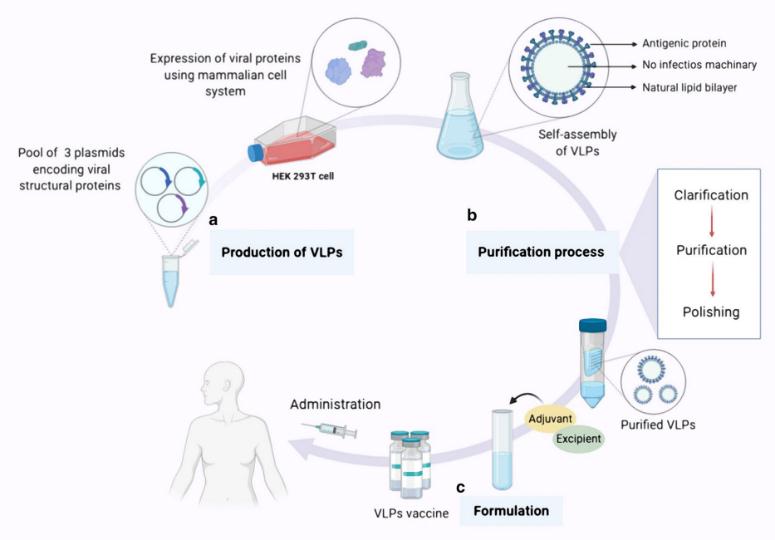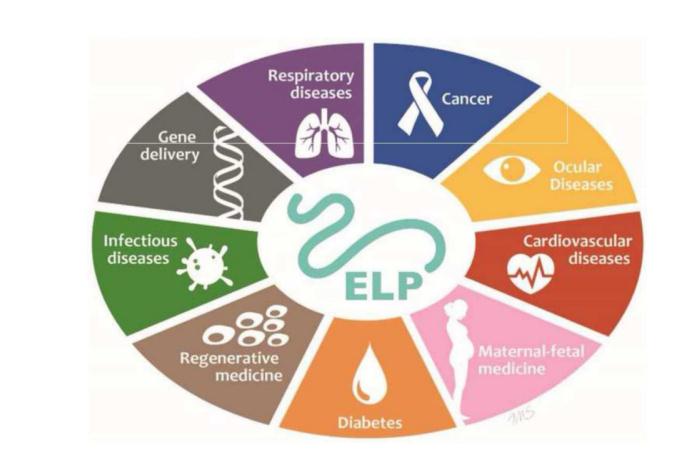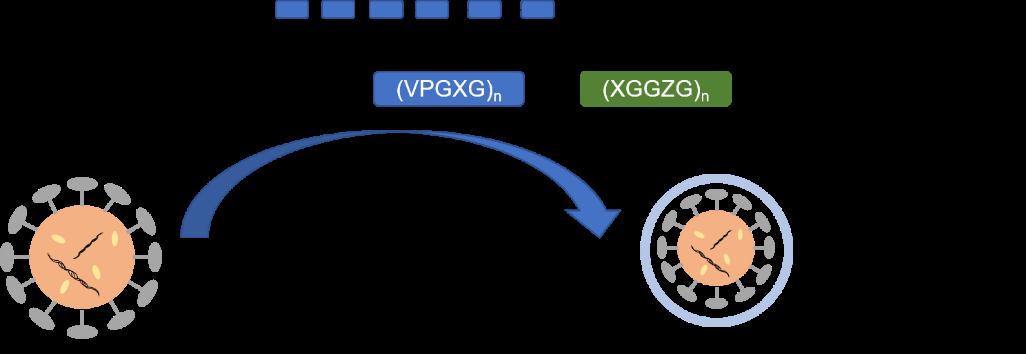Virus-Like Particles (VLPs) are an emerging vaccine technology. VLPs consist of protein shells comprising outer proteins specific to the virus in question. VLPs are more representative of how viral antigens are presented in vivo. While they are highly immunogenic, they are non-infectious as they lack the core genetic material of the virus. Another essential advantage of VLPs is that they more effectively activate critical aspects of the immune response to achieve potent immune stimulation and provide immunological memory. VLP-based vaccines have also shown to provide effective protection and are currently used for several diseases.

The potential of VLPs in vaccine formulations is obvious to all, but there are still some aspects that can be optimized. The delivery efficiency of VLPs is one of the critical indicators for evaluating their capabilities, and scientists have been optimizing and modifying the structure of VLPs to overcome these bottlenecks. Recently, researchers have further optimized the development of VLP vaccines. This research has enhanced the function of VLP by introducing ELP and bacteriophage coat protein, taking advantage of the property of ELP to be soluble at low temperatures and undergo a thermos-reversible phase transition at increased temperatures.

Elastin-Like-Protein (ELP) is a thermos-sensitive polypeptide synthesized by chemical synthesis or genetic engineering technology. ELPs are a class of biopolymers with the amino acid sequence of (VPGXG)n, where the monomeric unit is Val-Pro-Gly-X-Gly, and the "X" is any amino acid, and n is the number of the pentapeptide repeats in the sequence.

This method systematically re-engineered the architecture of VLPs to optimize the critical step of VLP vaccine action-drug delivery efficiency and provides a more convenient way for VLP to reach the target treatment site more rapidly. The VLPs encapsulated by ELP makes an important quest to expand the range of organs, and cell types that VLPs target in animals and use it to improve therapeutic macromolecule delivery to patients, making it a more promising protein delivery tool, and have excellent development potential for many difficult-to-treat diseases and play a crucial role in promoting the development of VLPs vaccines.
Profacgen is a company dedicated to research in the biological field. We have been committed to discovering advanced experimental techniques to provide stronger support for our customers' research. Please do not hesitate to contact us for more details if you are interested in this new method, and we will provide a considerate service for you. At the same time, we also provide other protein interaction detection methods, please move to our website for more details in protein-protein interaction.
References
Fill out this form and one of our experts will respond to you within one business day.